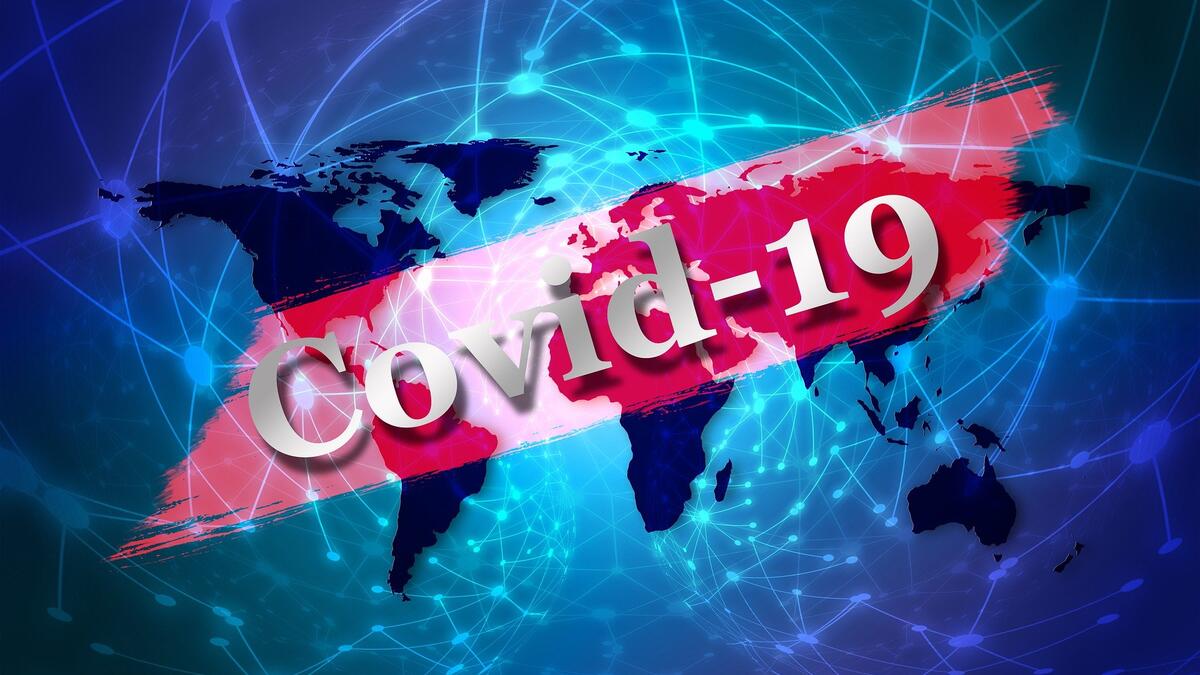President Joe Biden recently signed an executive order mandating that all employers with more than 100 workers require them to be vaccinated against COVID-19 or test for the virus weekly, and that workers at certain health facilities will have to be fully vaccinated. On the other side of the Atlantic, France is requiring proof of vaccination to access public spaces. With the coronavirus pandemic not showing any signs of slowing down as the world prepares to ring in 2022, many countries are adopting different ways of trying to slow the spread of the virus.
“It’s not about the science that’s different, it’s that our values are different and are, in fact, evolving over time,” Dr. Leana Wen, former Baltimore health commissioner, CNN medical analyst, author and contributing columnist at The Washington Post, explained during a recent Future Security Forum panel on the future of COVID-19. “I don’t think that there’s any agreement in the U.S. or between countries or really among people about what are the measures we should be looking for at this point.”
The American approach to containing the spread of COVID-19 was the topic of discussion during the panel, moderated by Emily Schneider, co-editor of the New America/ASU Coronavirus Daily Brief.
Schneider and Wen discussed how various countries focus on different metrics used for tracking the virus and how their focus has changed over time, such as the U.S. initially being concerned with numbers of positive cases and then shifting toward being more concerned with hospitalizations.
American views around COVID-19 and its impacts on society might ultimately shape the type of procedures and restrictions that are implemented to try to stop the spread of the virus going forward.
“I hope that our endgame isn’t where we are now, which is well over 1,000 deaths every day from COVID — that’s about 365,000 deaths every year. I don’t think any of us could find that to be acceptable,” Wen said. “But would it be acceptable the level of the flu, and we’re happy with about 44,000 deaths from COVID every year? That feels very high to me, but I think at this point we need to have this honest conversation that weighs the risk of severe illness and death and even infection in the first place versus what is the price that we’re willing to pay to get there.”
Wen and Schneider also discussed how vaccine inequality around the world could contribute to the pandemic going forward, noting that domestic coronavirus policy and international humanitarian efforts to distribute vaccines aren’t mutually exclusive when COVID-19 is mutating into new strains in other parts of the world.
“I think that where I get concerned is when somehow things are framed as an either/or, as in there have been some people who have said don’t do booster or don’t vaccinate children in wealthier countries, but instead focus on vaccinating the world,” Wen said. “That should not be a choice — we should both do booster shots and vaccinate children and scale up manufacturing and distribution in other countries, and I think that is ultimately is what’s going to get us out of this pandemic.”
Before fully integrating the COVID-19 vaccines into U.S. health policy, like the polio and measles vaccines, the vaccines first need to start being understood the same way the other vaccines are.
“Part of the reason why COVID-19 has become so polarized and divisive and politicized is that it’s seen as somehow different from other diseases that we wrestle with all the time, and the vaccine is somehow not understood the same way that we understand routine childhood immunizations that are required in all 50 states,” Wen said. “So, I think there is a reckoning that needs to occur, and that reckoning needs to place the COVID-19 vaccine in the same light as we do all other vaccines.”
And when will the pandemic “end”?
Wen believes more needs to be done.
“I think what France has done is what we should be doing here. ... If you want to be unvaccinated, that’s your choice. But if you want to go to bars, restaurants, gyms, be on a plane, train, if you want to be around other people, you need to get vaccinated because you do not have a right to infect others with a potentially deadly disease,” Wen said. “Why should the vaccinated be the ones who have to isolate themselves and stay out of public settings out of fear for coronavirus when the problem is the unvaccinated?”
More from the Future Security Forum
- Opening remarks
- Sen. Mark Kelly discusses Congress' role in national security
- Effects of UFO sightings on national security
The Future Security Forum, held virtually on Sept. 13 and 14, is the premier annual event of the Future Security project — a research, education, and policy partnership between ASU and New America that develops new paradigms for understanding and addressing new and emerging global challenges. The forum brings together thought leaders from government, academia, the military and the media to reflect on the legacy of the United States’ “longest wars,” discuss the impact of the past two decades of U.S. policy, and chart national and international security trends.
Top photo courtesy of pixabay.com
More Science and technology

ASU-led space telescope is ready to fly
The Star Planet Activity Research CubeSat, or SPARCS, a small space telescope that will monitor the flares and sunspot activity of low-mass stars, has now passed its pre-shipment review by NASA.…

ASU at the heart of the state's revitalized microelectronics industry
A stronger local economy, more reliable technology, and a future where our computers and devices do the impossible: that’s the transformation ASU is driving through its microelectronics research…

Breakthrough copper alloy achieves unprecedented high-temperature performance
A team of researchers from Arizona State University, the U.S. Army Research Laboratory, Lehigh University and Louisiana State University has developed a groundbreaking high-temperature copper alloy…


